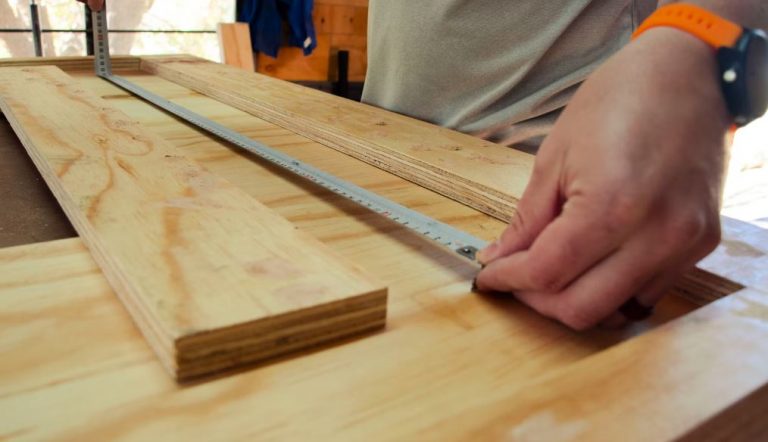Carpentry is a skill that has been around for centuries, dating back to the early days of civilization. It involves working with wood to create structures, furniture, and decorative items. Despite being one of the oldest trades in the world, carpentry remains relevant today as it continues to evolve with modern techniques and technologies.
Whether you are a beginner or have some experience in carpentry, mastering this skill requires dedication and practice. In this blog post, we will discuss essential techniques and skills that every aspiring master carpenter should know.
Understanding the Different Types of Wood
The first step to becoming a master carpenter is understanding the different types of wood and their properties. Each type of wood has unique characteristics that make it suitable for different projects. For example, pine is a softwood that is easy to work with and ideal for indoor furniture, while oak is a hardwood that is durable and perfect for outdoor structures.
It’s also essential to understand the grain direction of the wood as this affects how you cut and shape it. The grain refers to the alignment of the wood fibers, and it can impact the stability and strength of your finished product.
Measuring and Marking
Accurate measurement is crucial in carpentry as even a slight error can affect the overall quality of your work. Before making any cuts, ensure that you have properly measured and marked the wood according to your project’s specifications. To achieve accuracy, invest in good-quality measuring tools, such as tape measure, combination square, and level.
When marking the wood, use a sharp pencil or knife to create precise lines. It’s also helpful to label each piece of wood to avoid confusion during assembly.
Essential Tools and Techniques
From saws to hammers to drills, each tool has a specific purpose, and learning how to use them correctly is crucial. However, it’s not just about the tools themselves. Mastering techniques like drilling, sawing, sanding, and joinery will also be critical to making seamless and sturdy joints in your projects.
Plus, don’t forget about bevels. These angled cuts can add dimension and depth to your work, but they require a steady hand and precise measurements. In the end, taking the time to learn the proper tools and techniques will pay off in achieving professional-looking results in your carpentry projects.
Safety First
Carpentry can be a hazardous profession, so it’s vital to prioritize safety at all times. Always wear the appropriate protective gear, such as safety glasses and gloves, when working with tools and equipment.
It’s also crucial to keep your workspace clean and organized to prevent accidents. Make sure to dispose of any debris and sharp objects properly to avoid injuries.
Practicing Joinery
Joinery is the process of connecting two pieces of wood to create a strong joint. It’s a fundamental skill in carpentry, and mastering it is essential for creating durable and visually appealing projects.
There are various types of joinery techniques, such as butt joints, lap joints, and dovetail joints. Each type has its advantages and disadvantages, and it’s essential to learn when to use them appropriately.
Finishing Techniques
The finishing touches can make or break a carpentry project. Once you have completed the construction, it’s time to add the final touches to achieve a polished look. This includes sanding any rough edges, staining or painting the wood, and adding a protective coat to preserve the wood’s natural beauty.
It’s important to note that different types of wood may require different finishing techniques. For example, hardwoods tend to have a smoother surface and may not need as much sanding compared to softwoods.
Learning from Experienced Carpenters
One of the best ways to master carpentry is by learning from experienced professionals. Seek out opportunities to work with a seasoned carpenter and observe their techniques. You can also take classes or workshops to learn new skills and techniques.
Additionally, reading books and watching tutorials can also help you improve your carpentry knowledge.
Building a Portfolio
As you continue to hone your carpentry skills, it’s essential to document and showcase your work. Building a portfolio of your projects will not only serve as a record of your progress but also showcase your skills to potential clients or employers.
Take photos of your completed projects and include them in a physical or online portfolio. Be sure to highlight the techniques and skills you utilized for each project.
Continuously Improving
Lastly, mastering carpentry is an ongoing process that requires continuous improvement. Keep learning new techniques, experiment with different types of wood, and challenge yourself with more complex projects. As you continue to expand your skills, you’ll become a master carpenter in no time.
In Conclusion
Mastering carpentry takes time and dedication but is a rewarding skill that allows you to create beautiful and functional pieces. By understanding the different types of wood, practicing essential techniques, prioritizing safety, and continuously learning, you’ll be well on your way to becoming a master carpenter. So pick up your tools, get practicing, and see where this ancient trade can take you in modern times. By continuously seeking opportunities to improve and learn, you will become a true master of the craft.




